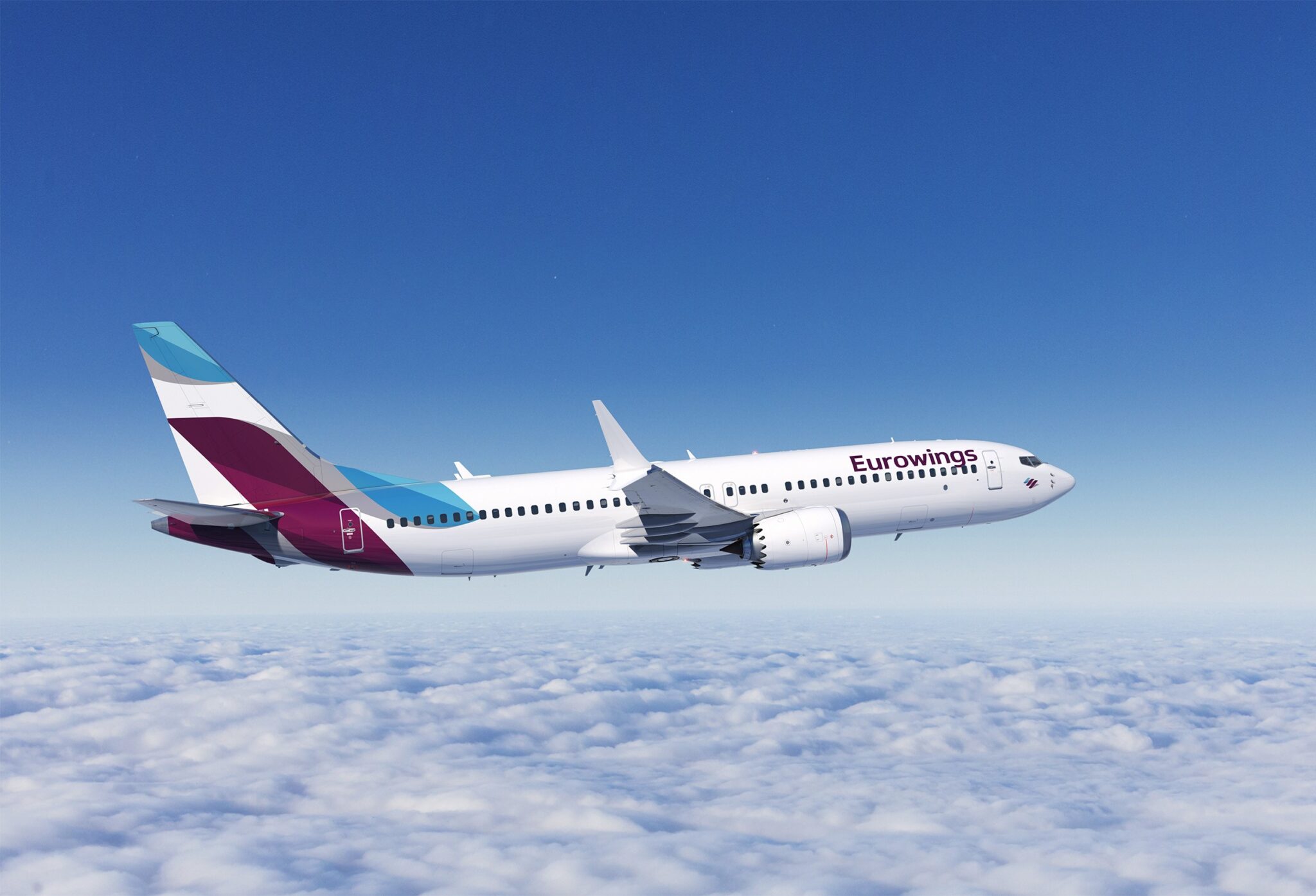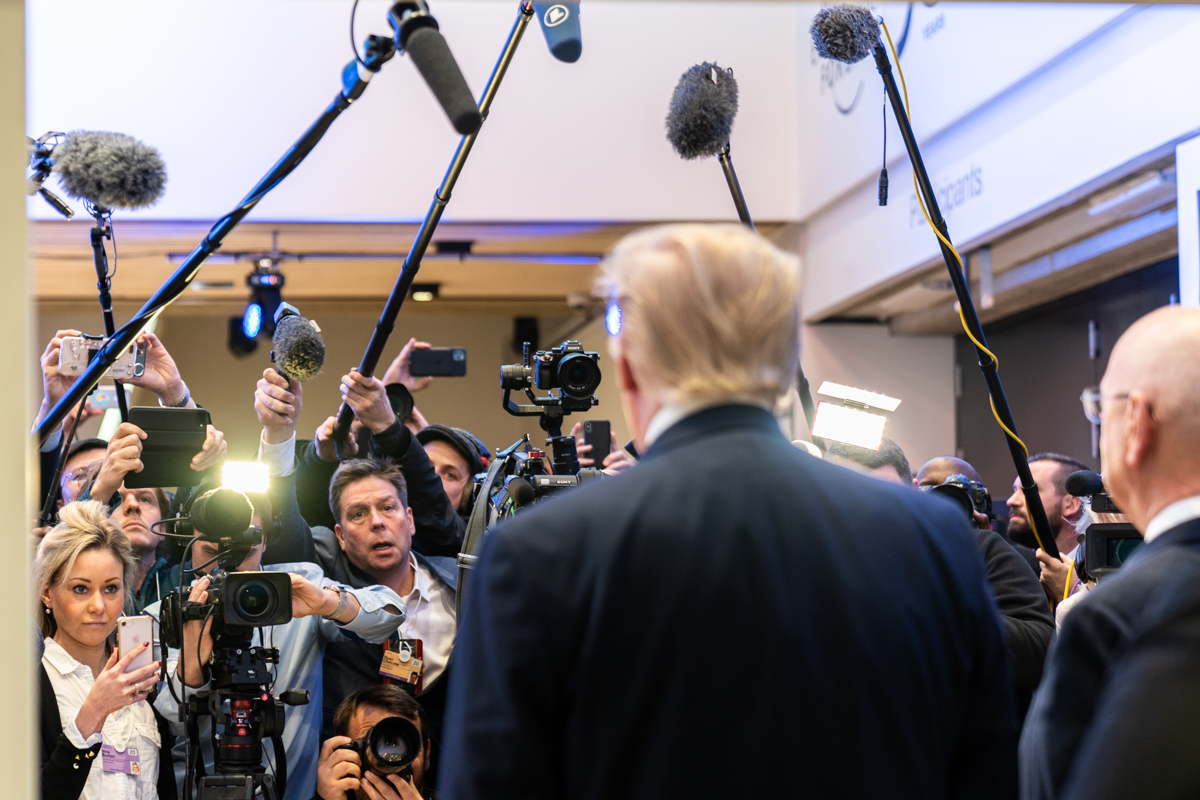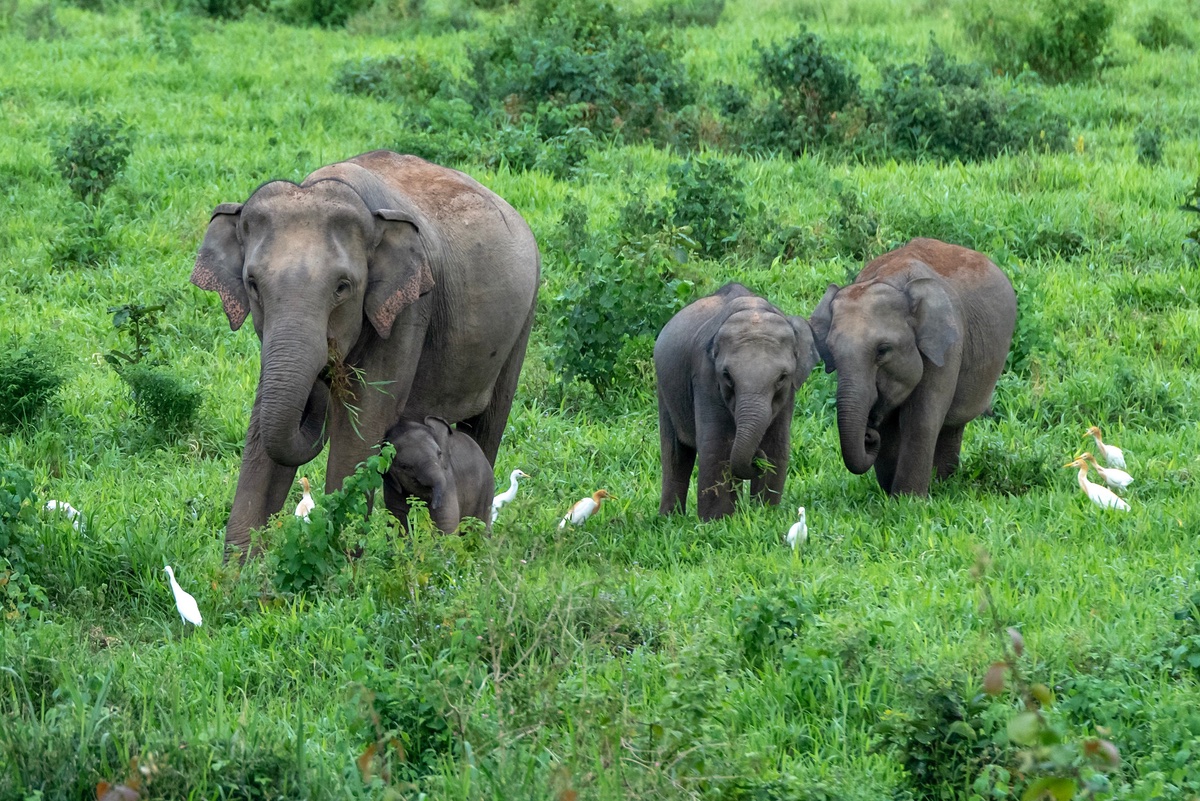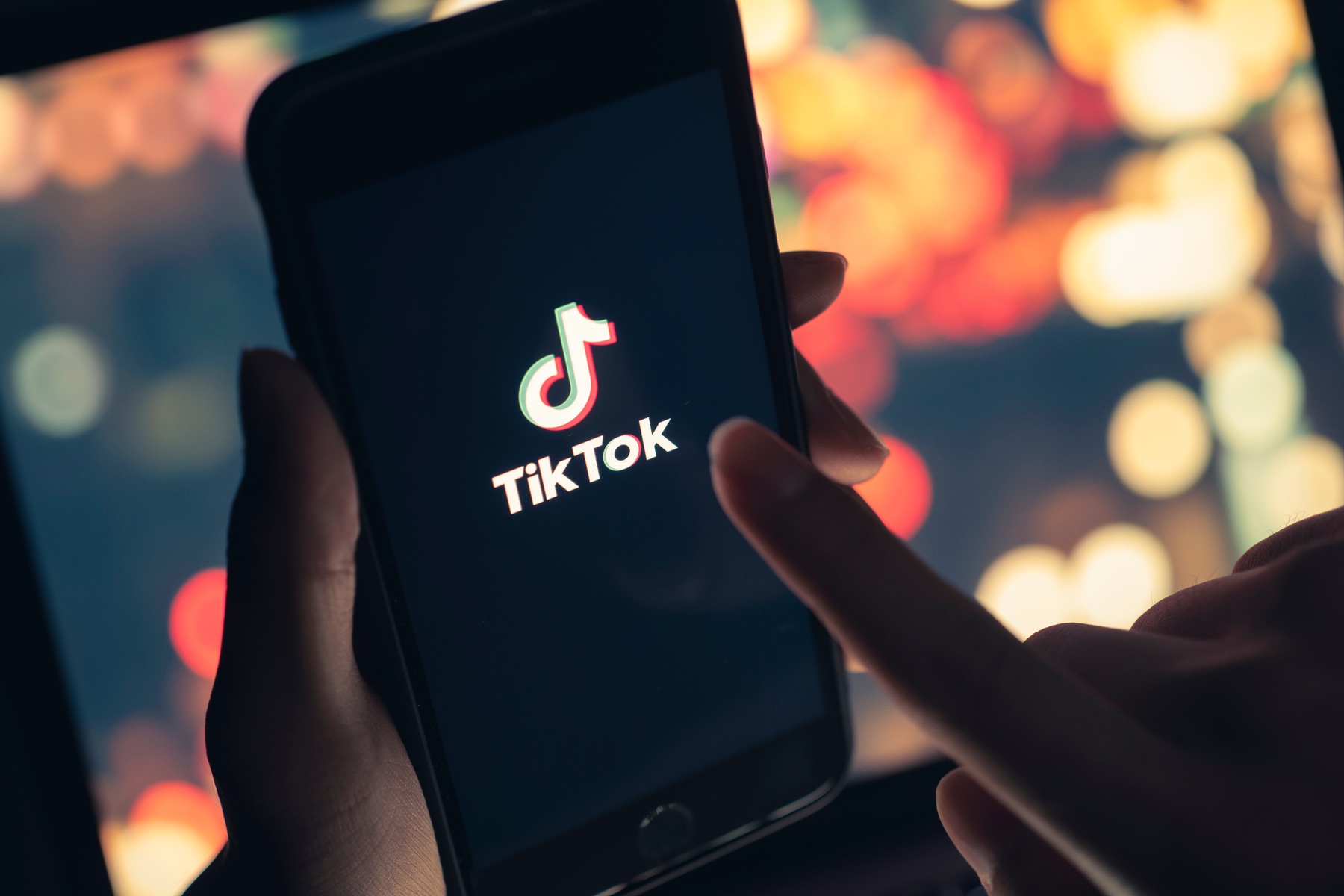SeaWorld CEO Says New Rides Should Save the Year
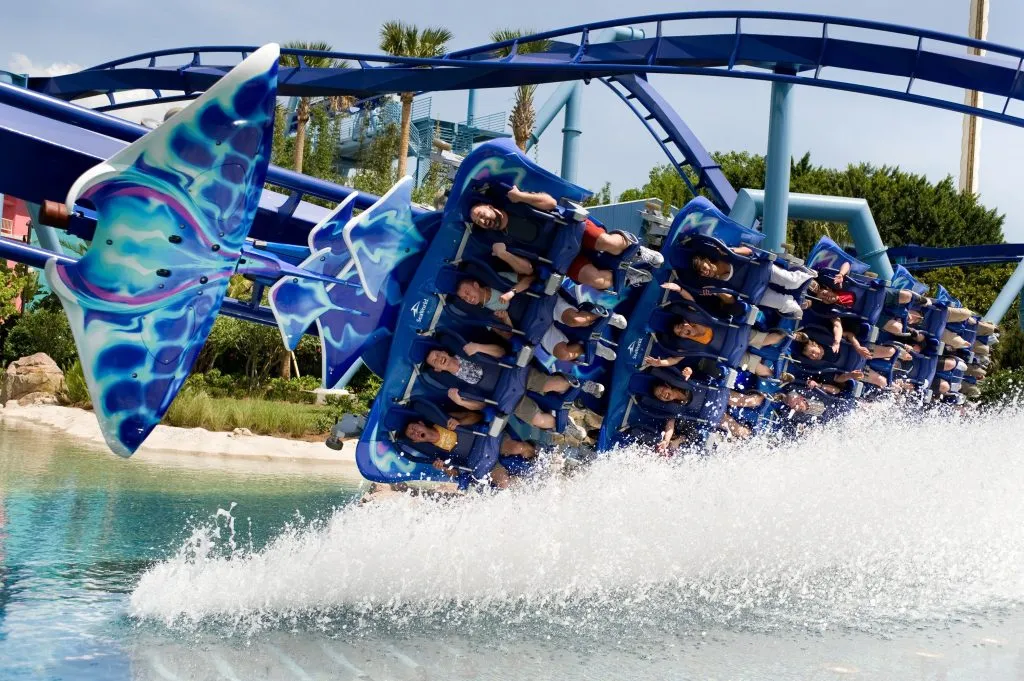
Skift Take
When a theme park company notes flat attendance as a good sign, you know it's been a tough few years.
SeaWorld Entertainment executives seemed to take comfort in the fact that attendance in the first four months of 2017 was basically the same as the year before, given the fact that the number of people attending the company's parks dropped year-over-year in three of the past four years.
"This gives us a solid base from which to grow in 2017 as we introduce our strong lineup of new rides and attractions this summer," CEO Joel Manby said.
The remarks came during the company's first-quarter earnings call — which, of course, includes only the first three months of the year, not four. But because Easter and its associated school breaks fell during April in 2017 as opposed to March of last year, leisure companies have tried to offer a more apples-to-apples comparison that includes the holiday.
Looking solely at the quarter that ended March 31, attendance fell about 15 percent to 2.8 million, revenue dropped 15 percent to $186.4 million, and the company posted a net loss of $61.1 million. The parent company owns and operates 12 theme parks.
The number of visitors from Latin America declined by about 24,000 compared to a year ago, though the company said trends from the region were improving.
Chief financial officer Peter Crage said he was "cautiously optimistic" that improvement would continue, but said he didn't expect numbers from Latin America to return to past levels for a couple of years still. Brazil's economic crisis in particular hurt attendance last year.
Crage and others said they had also started to see softness in demand from the UK market, post-Brexit, as the weaker pound makes trips to the U.S. more costly. Visitors from the UK make up about 5 percent of annual attendance, mostly at parks in Florida. Executives said advance sales for Orlando's Discovery Cove, an interactive and high-priced park that offers animal encounters, have dropped from the UK.
Manby said he doesn't expect the impact to from Britain to be as severe as it was from Brazil — in part because currency took less of a hit in the UK.
"They don't have the same government upheaval Brazil had — at least at this point," he added.
Manby said SeaWorld has adjusted more quickly this time around, adjusting pricing in Britain and moving marketing dollars to domestic audiences.
"We're on top of it," Manby said.
There was some good news beyond the flat year-to-date attendance.
Manby said the investment by a Chinese tourism company in March represented "a strong vote of confidence" in SeaWorld's strategy and progress.
China’s Zhonghong Zhuoye Group Co. became the company's largest shareholder when it acquired the 21 percent stake previously held by Blackstone Group. That acquisition was completed this week.
Season pass sales increased nearly 6 percent through the end of April, the company said, with only one new ride unveiled so far this year. That was a new wooden coaster at Busch Gardens Williamsburg.
The rest of the new attractions start to kick off later this month, including a new area with multiple rides called Ocean Explorer at SeaWorld San Diego; a new orca presentation that is supposed to be less showy and more natural; a new roller coaster at SeaWorld San Antonio; a new virtual reality element to the Kraken coaster at SeaWorld Orlando; and a summer evening event in San Diego and Orlando.
"We have worked with great urgency and have brought these exciting guest-facing products from design to market in only an 18-month timeframe, which is half the industry average," Manby said. "These attractions...represent one of the most robust and exciting lineups of new rides and attractions ever coming on line across our portfolio of parks and this is one of the reasons we are so confident about the upcoming quarters."
The company has said it wants to focus on rides and attractions that highlight the oceans instead of animals on exhibit in the parks. That follows years of criticism after a trainer was killed by an orca and a damaging documentary in 2013, Blackfish.
If the rest of the year shakes out as the company hopes, adjusted earnings before interest, tax, depreciation, and amortization will fall between $330 million and $360 million — the first year that measure will have grown since 2013, Manby said.
"The second and third quarters for us this year are, obviously, critically important," Crage said.

